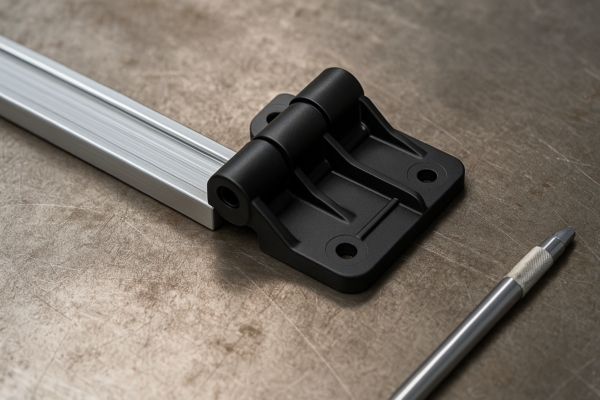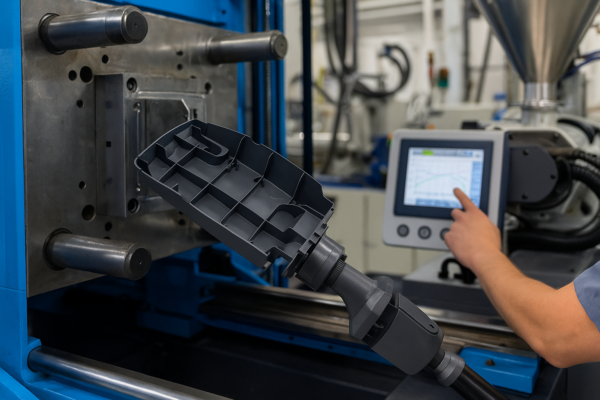What are the 7 steps in the stamping method?
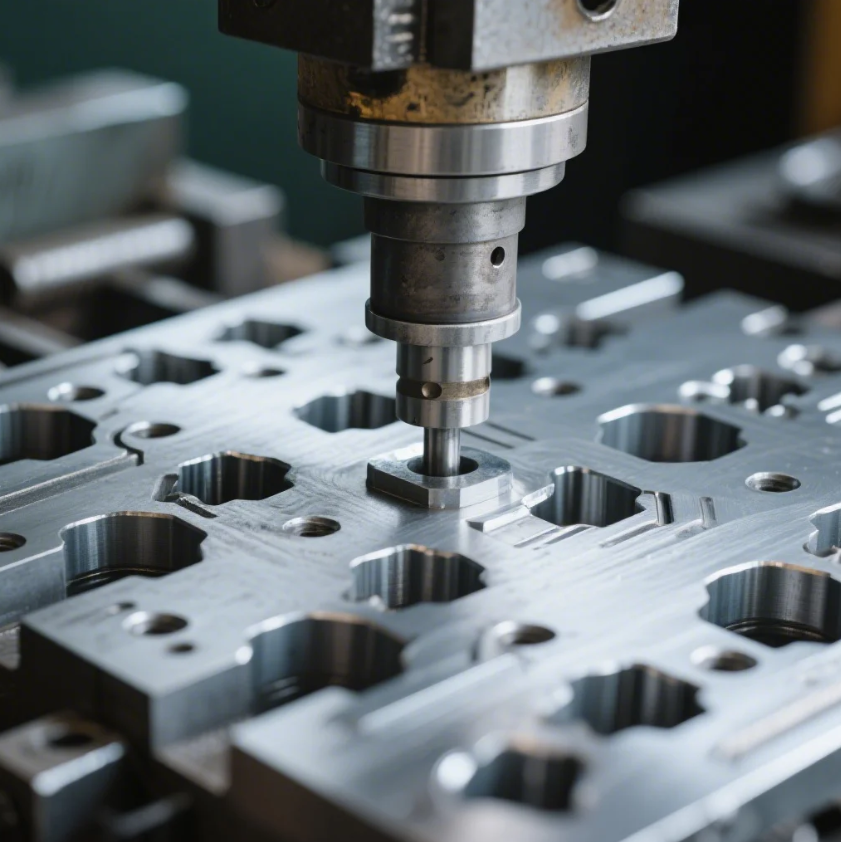
Stamping is a widely used manufacturing process that shapes or cuts metal by applying pressure to it with a die. Understanding the steps involved in stamping can help manufacturers ensure the precision and efficiency of their operations. In this article, we will break down the seven key steps of the stamping method, explain each step in detail, and highlight the best practices for a successful stamping process.
Snippet paragraph: The stamping method involves seven essential steps. Understanding these steps can improve efficiency and the quality of metal parts produced.
Transition paragraph: Let’s take a look at these seven steps and how they contribute to creating high-quality stamped parts.
What are the 7 steps in stamping method?
The stamping method is a versatile process that transforms a flat metal sheet into a desired shape or cut using high pressure. The process involves several key stages that ensure the desired part is made to specifications. These seven steps are crucial for producing parts with consistent quality and precision.
- Blanking: The first step in stamping involves cutting the raw material into a flat piece or blank. This blank will serve as the foundation for further shaping or cutting.
- Punching: During this step, punches are used to make holes or cutouts in the blank. This is often done to create specific shapes or remove sections of material.
- Bending: In the bending phase, the metal is shaped at specific angles. This is done by applying force to the metal, causing it to bend and form a desired shape.
- Embossing: Embossing involves creating raised or indented designs on the metal, which is often used for logos, branding, or decorative features.
- Forming: Forming is the process of shaping the metal into more complex forms. This step is crucial for parts with curves or deep indentations.
- Drawing: Drawing is a specific type of forming where the metal is pulled into a mold to create deeper shapes, such as cups, canisters, or other complex forms.
- Finishing: The finishing stage includes various operations like trimming, cleaning, or coating to prepare the part for its final use. This step ensures the part meets aesthetic and functional requirements.
Snippet paragraph: The seven key steps in the stamping method—blanking, punching, bending, embossing, forming, drawing, and finishing—are essential for achieving high-quality parts.
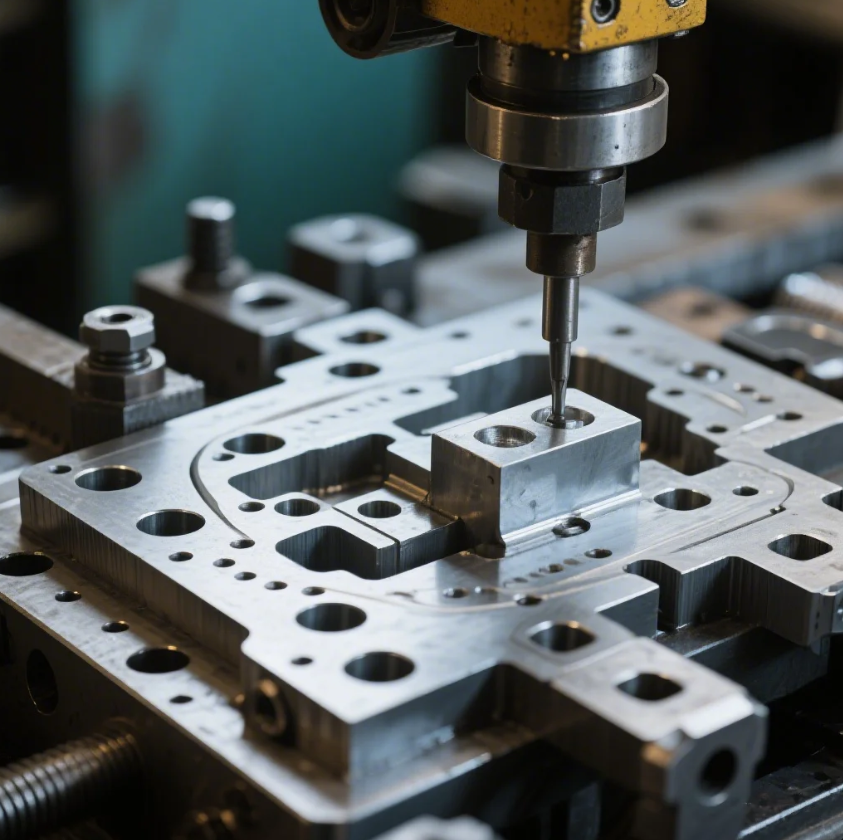
Dive Deeper:
These steps are interconnected, with each one playing a critical role in shaping and refining the metal. Let’s take a closer look at each step:
-
Blanking:
Blanking is the first operation in the stamping process. It involves using a die to cut the raw metal sheet into a blank. This blank will serve as the base material for all subsequent stamping operations. Blank dimensions must be precise to ensure that the final part has the correct proportions. Inaccurate blanking can lead to defects, making the subsequent steps more difficult. -
Punching:
Punching is typically used for creating holes or cutouts in the blank. This is a crucial step if the part requires specific features, such as bolt holes, slots, or any other holes needed for assembly. The punching operation is done using a punch press, which uses a die to cut through the material, creating the desired holes. -
Bending:
The bending step shapes the material by applying force at specific angles. The metal is pushed into a die that causes it to bend and form the desired shape. The bending process can be done using a press brake or a die, depending on the complexity of the part. The angle and the radius of the bend must be carefully controlled to avoid distortion or damage to the material. -
Embossing:
Embossing is used to create raised or indented patterns or logos on the metal. This can be done for decorative purposes or to enhance the functionality of the part, such as adding ridges for better grip. The embossing process involves pressing the metal into a die that has the desired pattern, resulting in a surface that stands out or sinks in. -
Forming:
Forming is the general term used for shaping metal into more complex forms. It involves using pressure to change the shape of the blank. The metal is often stretched, bent, or compressed to create the desired three-dimensional shape. This process can include operations like deep drawing, which allows for the creation of deep, complex shapes with uniform thickness. -
Drawing:
Drawing is a type of forming where the metal is pulled into a mold, which stretches the material into a more complex shape, such as a cup, container, or other deep shapes. The drawing process requires careful control of force and material flow to avoid defects such as wrinkles, thinning, or tearing. Drawing is often used when producing parts that need to be deep or have a high degree of curvature. -
Finishing:
Finishing operations improve the final part’s appearance, durability, and functionality. This can include trimming excess material, cleaning the part to remove any residues, and applying coatings such as paint or anodizing for corrosion resistance. Proper finishing ensures that the part is ready for use in its intended application, whether it’s for consumer goods, automotive parts, or industrial equipment.
What are stamping steps?
Stamping steps refer to the sequence of operations carried out during the stamping process. These operations are performed in stages, with each step being critical for achieving the final shape and function of the part. Some of the key stamping steps include blanking, punching, bending, and forming, which we’ve already discussed. In addition to these steps, other specialized operations can be performed, such as embossing, drawing, or finishing, depending on the complexity of the part being produced.
Snippet paragraph: Stamping steps include blanking, punching, bending, and other specialized operations like drawing and embossing, which are essential for creating precise parts.
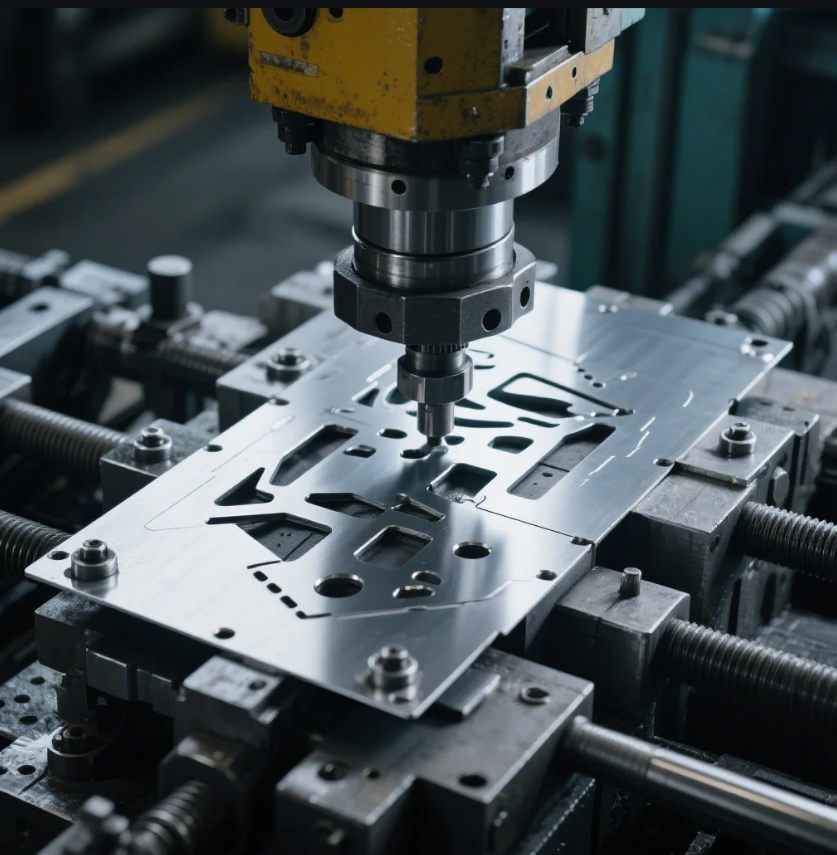
Dive Deeper:
Understanding the stamping steps is important for ensuring that parts are produced correctly. A typical stamping process follows a sequence of operations designed to take a raw piece of metal and transform it into a finished product. These operations can vary depending on the complexity of the part and the material being used.
The first step is typically blanking, followed by punching or cutting, then bending, and forming the part into the desired shape. Embossing or drawing may be added depending on the design, and the final step is finishing. Each operation must be performed in a specific order to avoid issues such as misalignment, poor quality, or material wastage.
What is the draw process of stamping?
The draw process in stamping refers to a method used to create deeper shapes from a flat metal sheet. In this process, the metal is drawn into a mold using a punch press. The draw process is essential for creating parts with complex geometries that cannot be achieved by simple cutting or bending.
Snippet paragraph: The draw process in stamping creates deep, complex shapes by pulling the metal into a mold, allowing for the production of parts with more intricate designs.
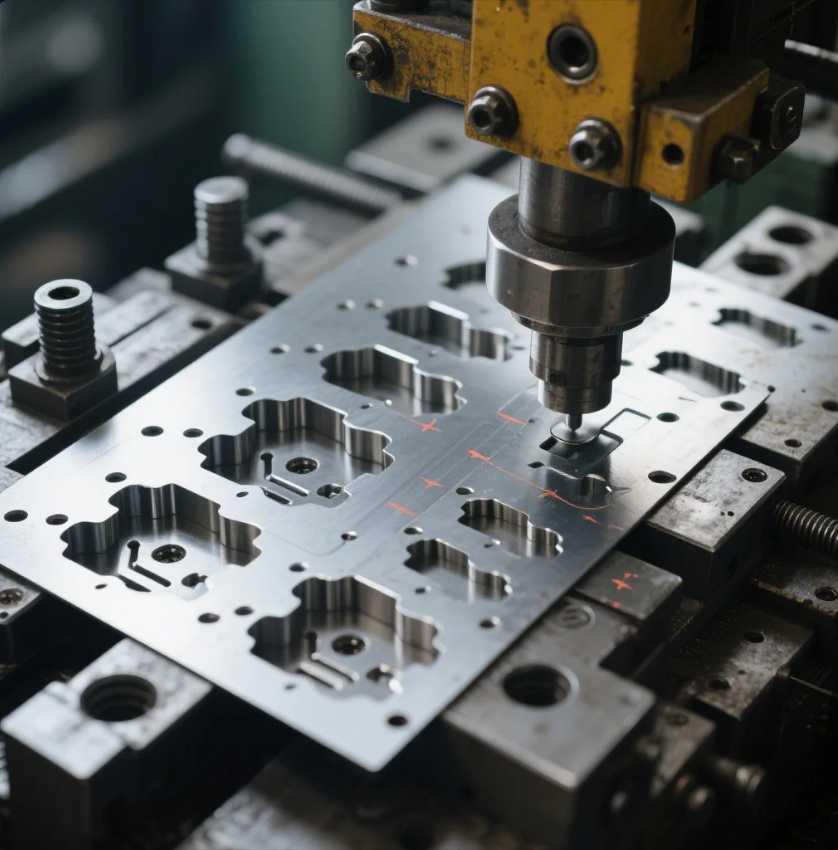
Dive Deeper:
During the draw process, the metal is pulled through a die, stretching it into a new shape. This process can be done in a single stage (shallow draw) or multiple stages (deep draw) depending on the part’s complexity. Draw ratio, which is the relationship between the blank diameter and the final part diameter, is a crucial factor that affects the material flow.
A key challenge in the draw process is controlling the material to avoid issues such as thinning, tearing, or wrinkling. Proper lubrication, die design, and press control are essential for achieving a high-quality result.
What are the different types of stamping?
Stamping is a broad term that encompasses various operations used to shape, cut, or form metal. The primary types of stamping include:
- Progressive Die Stamping: A method where the metal blank passes through a series of dies that perform different operations at each stage, creating the final part in a continuous flow.
- Compound Die Stamping: This method combines two or more operations, such as blanking and punching, into a single die.
- Deep Draw Stamping: A process used for creating parts with deep shapes, such as cans, cups, and other deep, cylindrical forms.
- Transfer Die Stamping: In this process, the part is transferred from one die to another to complete multiple operations.
Snippet paragraph: The main types of stamping include progressive die, compound die, deep draw, and transfer die stamping, each serving different manufacturing needs.
Conclusion
The stamping method involves a series of critical steps that ensure the final metal parts are shaped and formed accurately. Understanding these seven steps—from blanking to finishing—ensures high-quality parts with consistent precision. If you’re in need of stamped metal parts, Prime is your trusted partner. With years of expertise and efficient production processes, we guarantee fast delivery and top-quality products. Contact us today for customized solutions and professional consultation!




